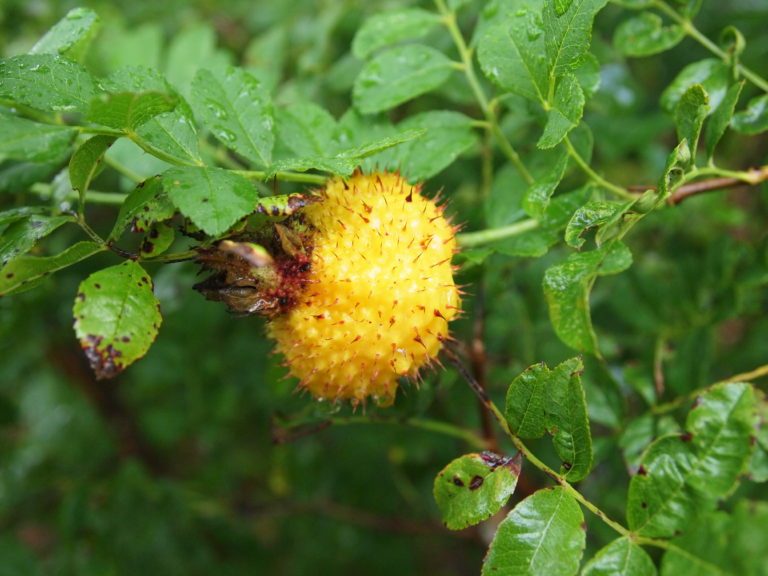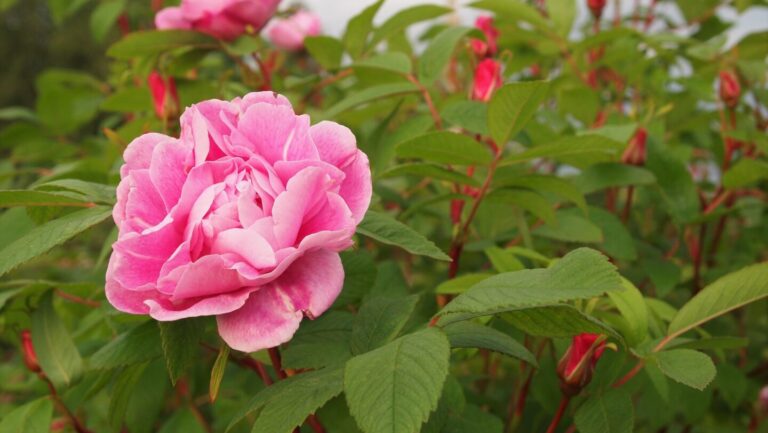Showy Rose Hips
I’ve always said that roses are the hardest working shrubs in the garden. From the earliest in spring, they provide ornamental interest to the garden, plus food and habitat for insects, birds and other wildlife. In the fall and winter, they demonstrate this work ethic with their ripening fruit – the rose hip. As I…


